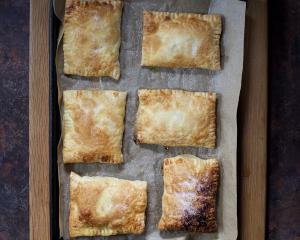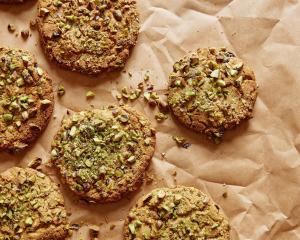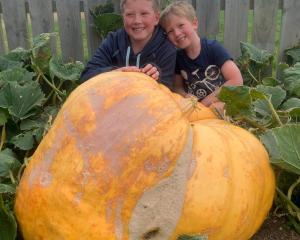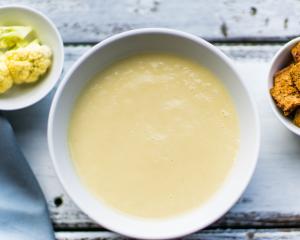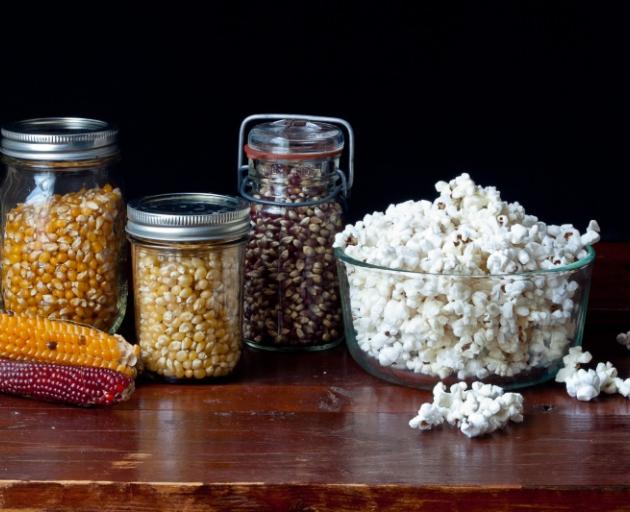
Popcorn is an ancient superfood - a simple and nutritious form of a 9000-year-old staple. Popcorn is DIY food preservation at its most basic and most delicious.
Popcorn is simply preserved corn ... a way of saving the harvest. Fresh corn can, of course, be boiled, roasted, steamed or baked. But corn became a staple in the Western Hemisphere because it could be dried and stored all winter. Corn was first domesticated in Mexico from a wild grass nearly 9000 years ago.
Archeologists have discovered corncobs from the northern coast of Peru that could date to 6700 years ago, and scientists believe that this dried corn was eaten as popcorn and ground into corn flour.
Benjamin Franklin remarked on the magical properties of corn that would "pop." He marveled at the mysterious recipe of "parching corn," which he wrote about in 1790. He described how the Native Americans "fill a large pot or kettle nearly full of hot ashes, and pouring in a quantity of corn, stir it up with the ashes, which presently parches and burst the grain." This "bursting" was shocking to Franklin, since it "threw out a substance twice its bigness." Franklin boasted that popcorn - when ground to a fine powder and mixed with water - created a veritable superfood, claiming that "six ounces should sustain a man a day."
"Superfood" may seem like a bit of hype for a snack most often eaten while watching bad movies. But in 2012, researchers at the University of Scranton in Pennsylvania reported that popcorn has more antioxidant polyphenols than any other fruit or vegetable. One serving provides more than 70% of a person's daily serving of whole grain, and a single 4-cup portion provides 5 grams of fibre. Popcorn is no longer a guilty pleasure - it's a virtuous reward.
The "bursting" that gives popcorn its name is the result of physics inherent in that tiny white or golden nubbin. Inside a popcorn kernel's outer hull lies the endosperm, which is made of soft starch and a bit of water. Although all types of corn will "pop" to some extent, popcorn will actually explode and turn inside out when heated.
To pop successfully, a kernel of dried popcorn should ideally have a moisture level of 13.5% to 14%. When the kernel is heated to an internal temperature somewhere between 204-237 degrees Celsius (400-460 Farenheit), the water in the endosperm expands, building up pressure that eventually causes the hull to burst. Steam is released and the soft starch inside the kernel puffs up around the shattered hull.
Cinnamon-Cocoa Popcorn with a kick
Cook time: 15 minutes, no prep time required.
Total time: 15 minutes
Serves: 3 to 4
Ingredients
¼ teaspoon cocoa powder
¼ teaspoon ground cinnamon
2 teaspoons granulated sugar
½ teaspoon coarse sea salt
1/8 teaspoon ground cayenne pepper (optional)
3 tablespoons canola oil
1/3 cup popcorn kernels
Method
1. Heat a 2-3-litre heavy-bottomed saucepan over high heat for 1 to 2 minutes.
2. While pan heats, place cocoa powder, cinnamon, sugar, sea salt and cayenne pepper (if desired) in a small bowl. Stir to combine.
3. Back at the stove, turn heat down to medium high and add oil to heated pan. Carefully place two or three popcorn kernels in oil and cover pan with lid.
4. After test kernels pop, add enough popcorn to cover the bottom of the pan in a single layer - about 1/3 of a cup.
5. When kernels start to pop, lower heat to medium and shake pan gently until popping stops. (Rotate the pan in a circular motion over the burner to keep the popcorn moving.)
6. Pour popped corn into a large bowl. Sprinkle popcorn with topping mixture, toss to coat evenly, and eat immediately. Coated popcorn can be stored in an airtight container for several days, but it will lose a bit of its crunch.
- Susan Lutz via Zester Daily and Reuters Media Express

